Chinese Pistache Lumber
- June 28, 2023
- 0 comment

Chinese Pistache lumber, also known as Pistacia chinensis, is a hardwood species that originates from China. It is renowned for its attractive appearance, durability, and versatility, making it a popular choice for various woodworking projects.
Here is a table providing detailed information about Chinese Pistache lumber:
| Common Name(s) | Chinese Pistache |
|---|---|
| Scientific Name | Pistacia chinensis |
| Distribution | Native to China; cultivated in other regions |
| Tree Size | Medium-sized, reaching up to 50-60 feet |
| Average Dried Weight | Approximately 44 lbs/ft3 (705 kg/m3) |
| Specific Gravity | 0.71-0.73 |
| Janka Hardness | 1,570 lbf (6,970 N) |
| Modulus of Rupture | 15,000-16,200 psi (103-112 MPa) |
| Elastic Modulus | 2.11-2.32 million psi (14.55-16.00 GPa) |
| Crushing Strength | 7,800-9,200 psi (53.8-63.4 MPa) |
| Shrinkage | Low |
Color/Appearance
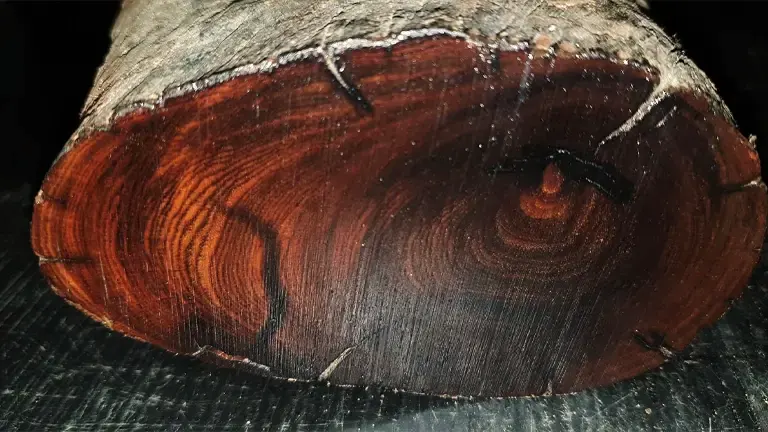
Chinese Pistache lumber exhibits a light to medium reddish-brown color, with occasional darker streaks. It can develop a more golden or orange hue with age. The wood’s color tends to darken upon exposure to light.
Grain/Texture
The grain of Chinese Pistache lumber is usually straight, with a medium texture. The wood has a moderate natural luster, which can be further enhanced through polishing.
Rot Resistance
Chinese Pistache lumber possesses good natural resistance to decay and rot, making it suitable for outdoor applications. However, it is still recommended to apply a protective finish or sealant to ensure prolonged durability.
Workability
Chinese Pistache is relatively easy to work with both hand and machine tools. It can be sawn, planned, and turned with minimal difficulty. The wood may have a slight blunting effect on cutting edges due to its high silica content. It also holds screws and nails well and takes stains and finishes evenly.
Odor
Chinese Pistache does not have a distinct or characteristic odor.
Allergies/Toxicity
There are no known allergenic or toxic properties associated with Chinese Pistache lumber.
Pricing/Availability
Chinese Pistache lumber is generally available at a moderate price range. Its availability may vary depending on the region, as it is predominantly cultivated in China but can also be found in other parts of the world.
Sustainability
Chinese Pistache is not listed in the CITES Appendices or the IUCN Red List of Threatened Species. However, it is advisable to source Chinese Pistache lumber from responsibly managed and sustainable forestry operations.
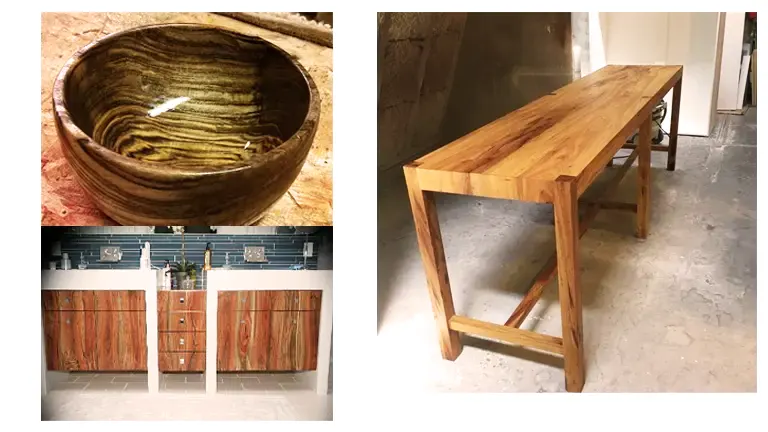
Common Uses:
Chinese Pistache lumber is commonly employed in various applications, including furniture making, cabinetry, interior trim, flooring, paneling, turnery, and decorative veneers. Its attractive appearance and durability make it suitable for both indoor and outdoor projects.
FAQs:
- Is Chinese Pistache lumber suitable for outdoor projects?
Yes, Chinese Pistache lumber possesses good rot resistance and can be used for outdoor applications like furniture, decking, and exterior trim. - Can Chinese Pistache be stained?
Yes, Chinese Pistache can take stains and finishes well, allowing you to achieve the desired color and finish for your woodworking project. - Does Chinese Pistache have any special maintenance requirements?
Chinese Pistache lumber requires minimal maintenance. Applying a protective finish or sealant can help preserve its appearance and enhance its durability, especially for outdoor use. - Is Chinese Pistache a sustainable wood choice?
While Chinese Pistache is not considered endangered, it is advisable to ensure that the lumber is sourced from responsibly managed and sustainable forestry practices to support long-term environmental conservation.


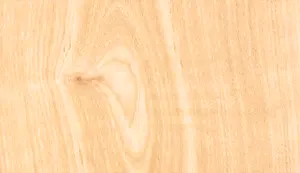

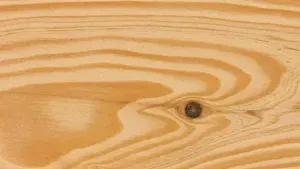
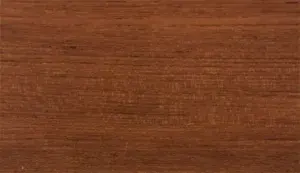
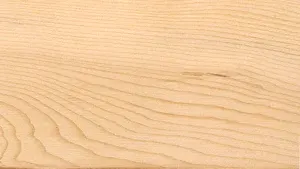


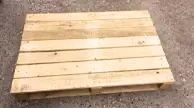
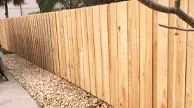
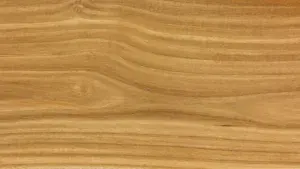
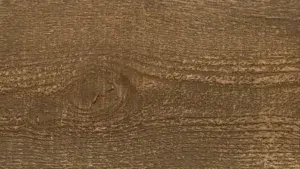

Leave your comment